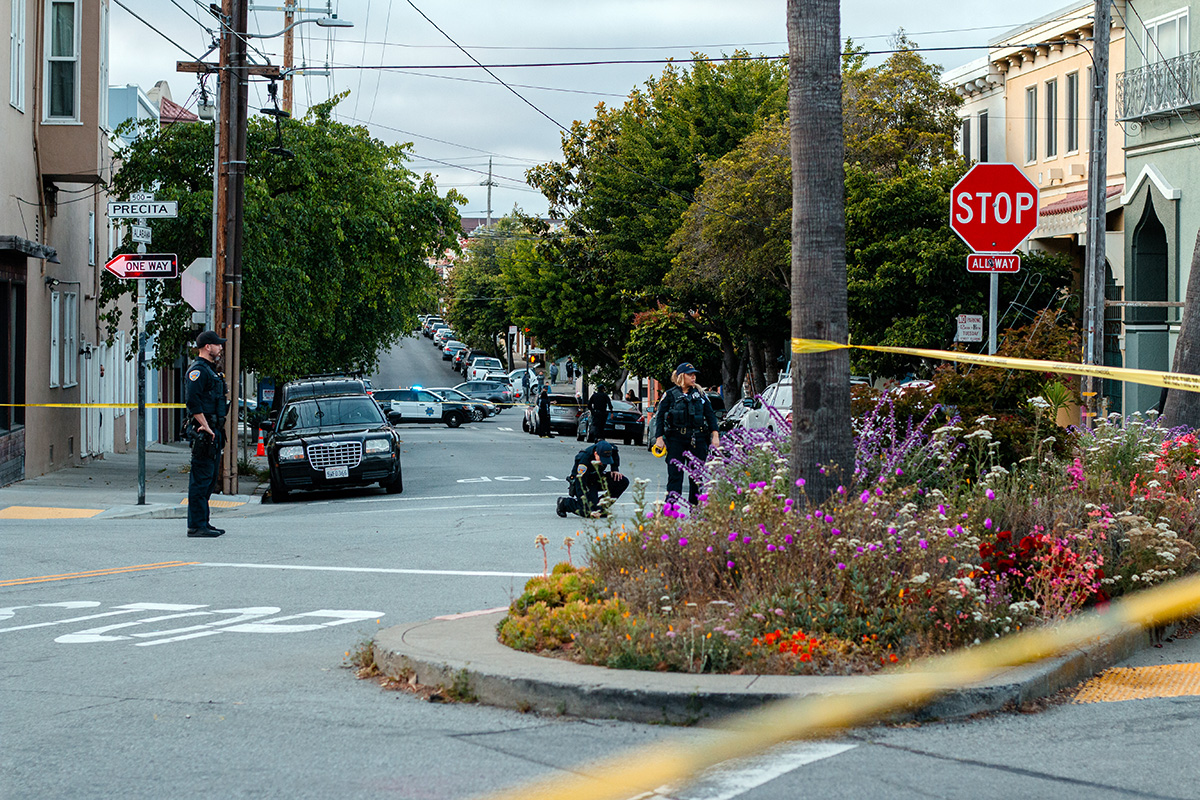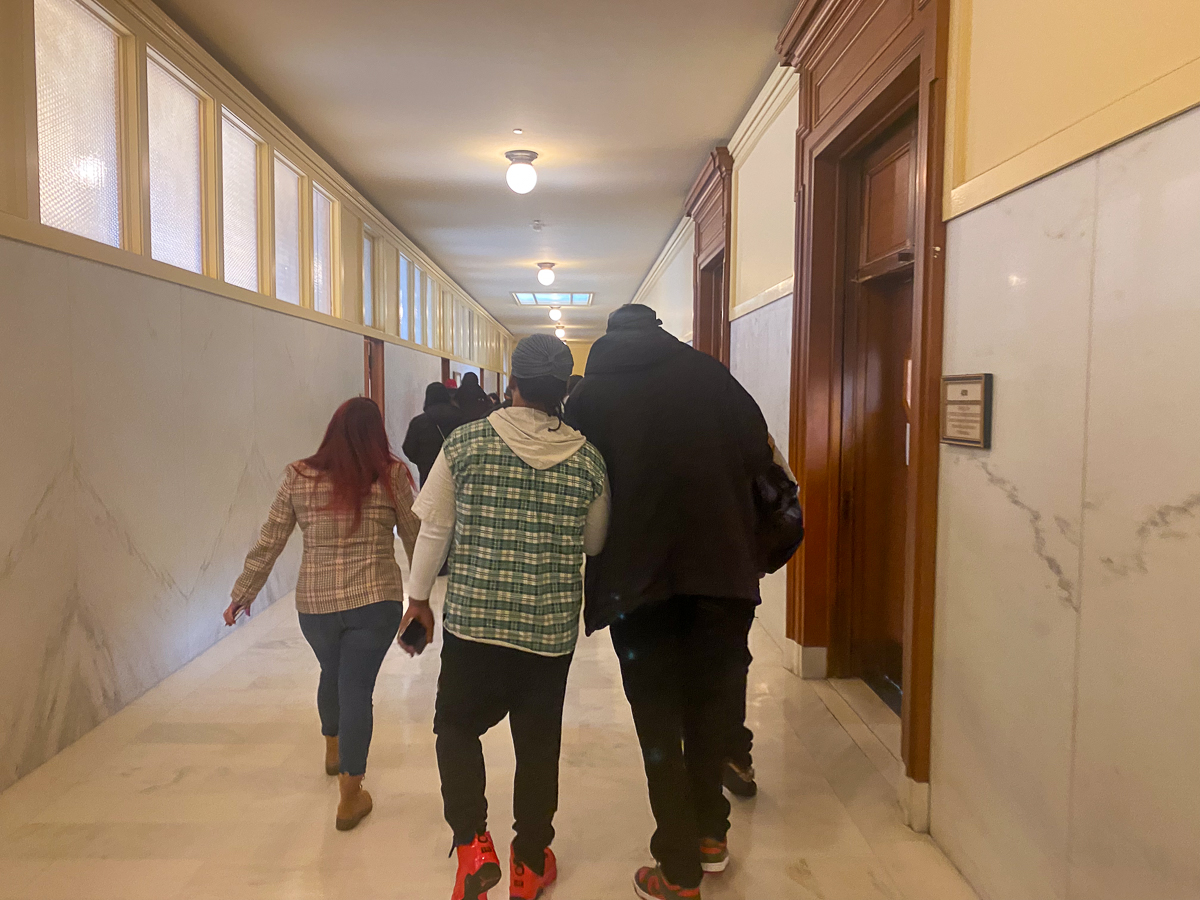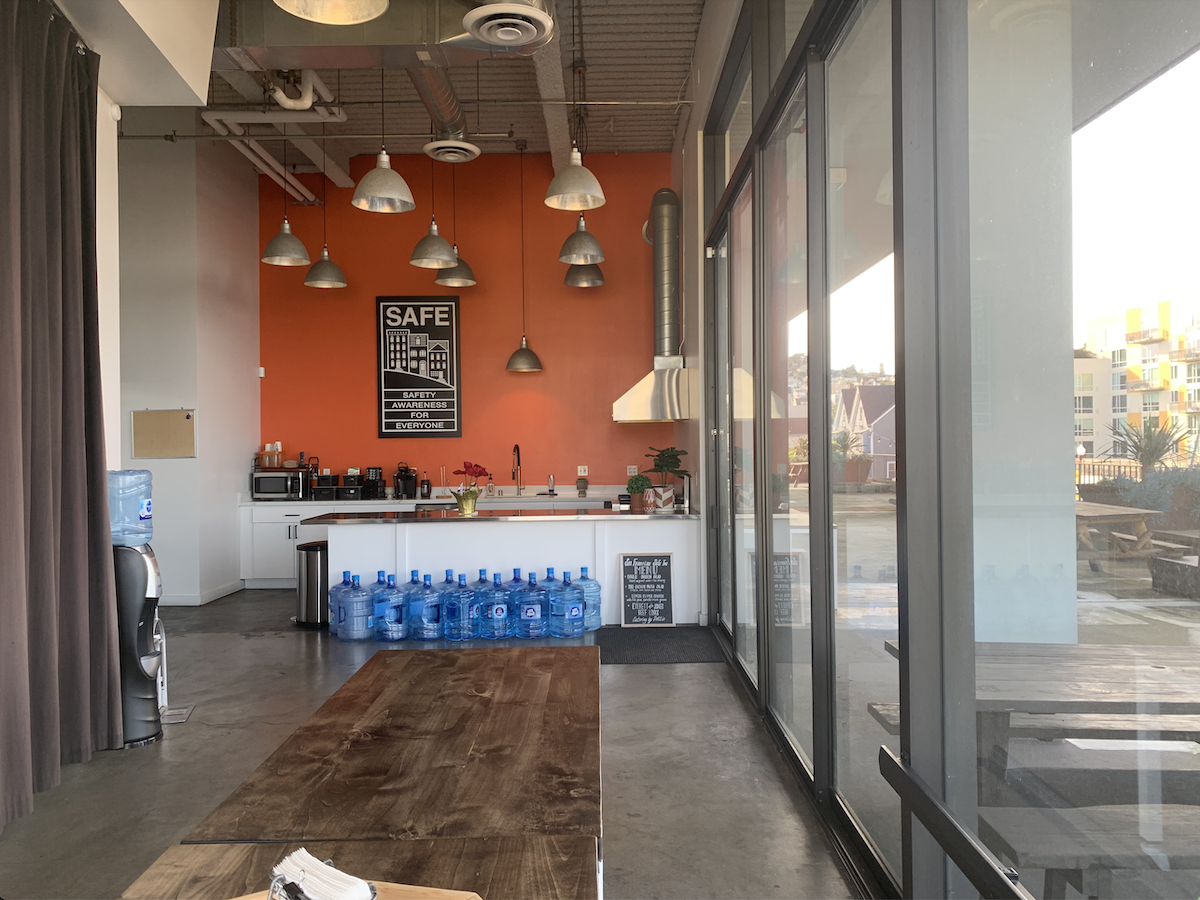Once again, crime is on the agenda in the 2024 mayoral race, as Mayor London Breed asks voters to expand the power of the police department and her opponent Daniel Lurie announced last week that he, too, would support the ballot measure.
Crime has become fodder for rap verses, and has been top of the agenda for many businesses — most recently, a jewelry store that decided to close permanently after being burglarized on New Year’s Day.
But data from 2023 paints a slightly different picture than the dystopian one promulgated by political officials and the social-media sphere: San Francisco saw an 8.2 percent decline in crime across the city, data from the San Francisco Police Department shows, with a 9 percent drop in property crimes.
Violent crime did increase by 3 percent from 2022, but criminologists say the increase might be too small to indicate a continuing trend.
Instead, crime analysts said, the pandemic continues to have lasting effects on crime trends across the city.
“We are in this kind of limbo state, emerging from the pandemic in 2023, but with a lot of the social disorder and social isolation of it continuing,” said Robert Weisberg, co-director of Stanford Criminal Justice Center.
“The pandemic itself destabilized a lot of people, who find expression in very expressive crimes,” added Jonathan Simon, professor of criminal justice law at the University of California, Berkeley, School of Law. Some crimes, Simon said, can be “emotional act[s] to express extreme feelings of alienation and anger that were deepened by the pandemic.”
The total number of violent crimes — including homicides, assaults, robberies, rapes and human-trafficking cases — has increased from 5,309 incidents in 2022 to 5,479 in 2023, up 3 percent.
The 3 percent increase, however, was lower than 2022, when violent crime went up by 8 percent from 2021.
And it’s “a very modest” change, not enough to “make a real assessment” as to what’s causing it, said Simon.
Most violent crimes in San Francisco are still lower than before 2020, in line with national trends that saw a downturn after pandemic lockdowns.
Homicide, however, is an exception. While other categories of violent crimes are lower than pre-pandemic levels, homicides remain higher than in 2019. Murders have also been on the increase since 2020, and only saw a small drop in 2023.
Many homicides happen involving people who know each other — and are often the final crime in a series of conflicts, said Simon. As a result, the homicide spike in 2020 — when homicides went up 20 percent — may still have a lingering effect.
“Once you've had a spike, it can last a while,” Simon explained. Family members who lost a relative to murder may seek revenge, for example. “A lot of the violence is in response to earlier acts of violence and becomes a new baseline, until that works itself out.”
The higher number of homicides in San Francisco is still “disappointing,” Simon said, because in other parts of the state and country, homicides have come down.
This could be some “San Francisco peculiarity,” though; San Francisco has a small number of homicides for its population, which “makes it harder to interpret trends when you have relatively smaller acts of violence,” Simon said.
In 2023, assaults declined by 5 percent, the first drop since the pandemic, with some 2,465 incidents reported to the police department.
The number of assaults rose in 2021 and 2022, exceeding the number in 2019, but started to decrease again in 2023.
While other violent crimes declined in 2023, robbery is the only category that increased significantly. With some 2,732 cases reported, the city experienced 14 percent more robberies last year, which is “a pretty significant uptick,” Simon said.
“It could impact the way people are experiencing living in San Francisco and their awareness of robberies around them,” he said.
Robberies were on the decline year by year between 2019 and 2021, but started to increase in 2022.
“Hopefully, it might be a reflection that things are normalizing, in terms of people working in the city, as well as visitors coming from elsewhere,” said Magnus Lofstrom, policy director at Public Policy Institute of California. “But it’s encouraging that they are still below what they were before the pandemic started.”
In 2023, reported cases of rape declined from 256 to 214, a 16 percent decrease compared to 2022. Following a big drop in 2020, the rape cases reported in 2023 are only about 55 percent of the number in 2019, when 388 cases were reported to SFPD.
Property Crimes
Police data showed that San Francisco experienced a 9 percent decline in property crimes last year, with 44,250 cases reported.
In 2020, overall property crime — including motor vehicle theft, arson, burglary and larceny — dropped by 23 percent in San Francisco, similar to trends across the state.
Between 2019 and 2020, property crime declined by 8 percent in California, according to a 2021 report by California Policy Lab, a research institute at the University of California.
The number of property crimes has been increasing in the following years, but is still lower than in 2019, when more than 51,177 cases were reported.
Motor vehicle thefts in San Francisco continue to grow, reaching 6,659 last year, a 5 percent increase from 2022. It is the only classification of property theft in which San Francisco experienced an increase in 2023.
At the beginning of the pandemic, motor-vehicle theft increased by 20 percent across California, thanks to the supply-chain issues that drove up used-car prices. San Francisco shows the same trend, where motor vehicle thefts increased by 37 percent, from 4,431 to 6,080, in 2020.
This could be attributed to the fact that motor-vehicle thefts are “a kind of organized racket, unlike other types of property crimes, which are more individual and opportunistic,” said Weisberg.
“In other words, it’s a successful business,” Weisberg said.
Many of the thefts are joyrides, Simon and Lofstrom said; “where somebody steals the car either to use it for a thrill-seeking adventure or to commit another crime,” Simon said.
Some 281 cases of arson were reported to the police department last year, a modest 4 percent decrease from 2022.
Arson, too, spiked at the beginning of the pandemic, but remained steady in 2021, and then slowly decreased in the past couple of years. It has yet to come down to pre-pandemic levels, however.
Burglary is coming down to close to pre-pandemic levels last year, following a 53 percent spike in 2020. Burglaries in San Francisco had been decreasing starting in 2021, but there were still some 5,599 burglaries reported in 2023.
In 2020, San Francisco experienced a 39 percent drop in larceny — theft without force, such as stealing a bicycle, pickpocketing, shoplifting or stealing a catalytic converter — similar to the statewide trend.
But experts point out that larcenies could be greatly underreported, especially low-value theft incidents, because of the belief that police won't take these crimes seriously.
Making up more than 70 percent of all property crimes, larceny is by far the most common property crime in San Francisco. Following the drop in 2020, larceny had steadily climbed back up in 2021 and 2022. But in 2023, it dropped again, by 12 percent, to 31,711 cases.
Despite the decreases, Lofstrom noted, the retail theft rate is still high in San Francisco compared to other large urban areas.
For many, Weisberg said, the panic around seemingly rising burglaries and thefts, is also “a rhetorical gesture.”
“It's a kind of proxy for the general sense that ‘I'm living in an era of great disorder,’” he said.
In the Mission
Similar to the citywide trend, the Mission District also experienced a 12.2 percent decrease in overall crime, with violent crime increasing by 6 percent, and property crime decreasing by 15 percent.
Mission homicides were halved last year, going from 10 in 2022 to five in 2023.
However, all other violent crimes increased across the the Mission police precinct, which encompasses the Mission and the Castro, stretching from Potrero Avenue to Twin Peaks: Assaults increased by 4 percent, climbing to some 400 reports; robberies rose from 407 to 436 cases, a 7 percent increase; rapes increased from 34 to 38 attacks; and human trafficking rose from two to eight incidents.
All types of property crimes decreased in 2023. Notably, larceny decreased from 3,421 incidents in 2022 to 2,742 last year, a 20 percent drop — exceeding the citywide 12 percent drop.
For motor vehicle thefts, even though the city experienced a slight increase, the Mission experienced a 4 percent decrease.
Methodology
Data comes from the San Francisco Police Department crime dashboard. The data was accessed on Jan. 19, and is subject to change as more reports are tallied.
“Courtesy reports” in the crime dashboard — incident reports that were taken in San Francisco of a crime that happened elsewhere — were excluded from the analysis.
In the violent-crime charts, human trafficking is excluded, as its relatively low number of cases could translate to big changes in percentages, leading to misleading conclusions.

























Appreciate the data and the visualization, but comparing to 2019 and stopping there is a bit arbitrary, isn’t it? 2019 was the low year for homicides in 10 yrs (didn’t check if other crimes are similar)–the homicides for the prior years were:
2018: 46
2017: 56
2016: 58
2015: 52
2014: 45
https://sfgov.org/scorecards/public-safety/violent-crime-rate-and-property-crime-rate
So, homicides are higher than the low year we had in 2019, but within the range that they bounced between from 2009 till now — after the spike in homicides in the Mission in 2007, the feds arrested M13 leaders, and the homicide rate in the city dropped by 50%, from approximately 100/year down to the levels we still see of between 45-56/year, with1 exceptional year of 69 in 2012)
“San Francisco saw an 8.2 percent decline in crime across the city, data from the San Francisco Police Department shows, with a 9 percent drop in property crimes.”
8.2 and 9 percent down, from sky high to stratospheric levels. Congratulations, all is good then! /s
SF is trending in the right direction for the first time in 25 years. It’s a good start, but we’ve got a ways to go before we’re not number one for property crime out of the largest 25 cities in the US for 8 years running (yes, that’s a fact – check the FBI data yourself).
As usual ML tries to minimize property crime, because that’s an important component if an anarchical socialism agenda.
Great piece. I love the easy-to-understand datavis and presentation of facts without hyperbole. I wish more reporting on crime in the city was like this.
Hold the presses! San francisco is in crime “limbo” (though the most egregious violent offenses have risen over the last couple of years). Not much has changed at all. I seem to remember millions of our dollars were spent to displace the reform-minded elected DA (who was robbed of his chance to realize his agenda), and replace him with a law and order DA, who with all her billionaire backers promised a sea change in public safety. Add to this the despair that has led, since the Boudin recall, to unprecedented drug overdoses. These statistics are evidence that all that narrative from the recallers was nothing but self-serving BS.
Yes we could’ve seen as much success as Oakland under Pam Price if we had simply kept Boudin in office.
The place for forming justice reform is the legislature, not the DA’s office or the judge”s bench.